Kazunori Hamana
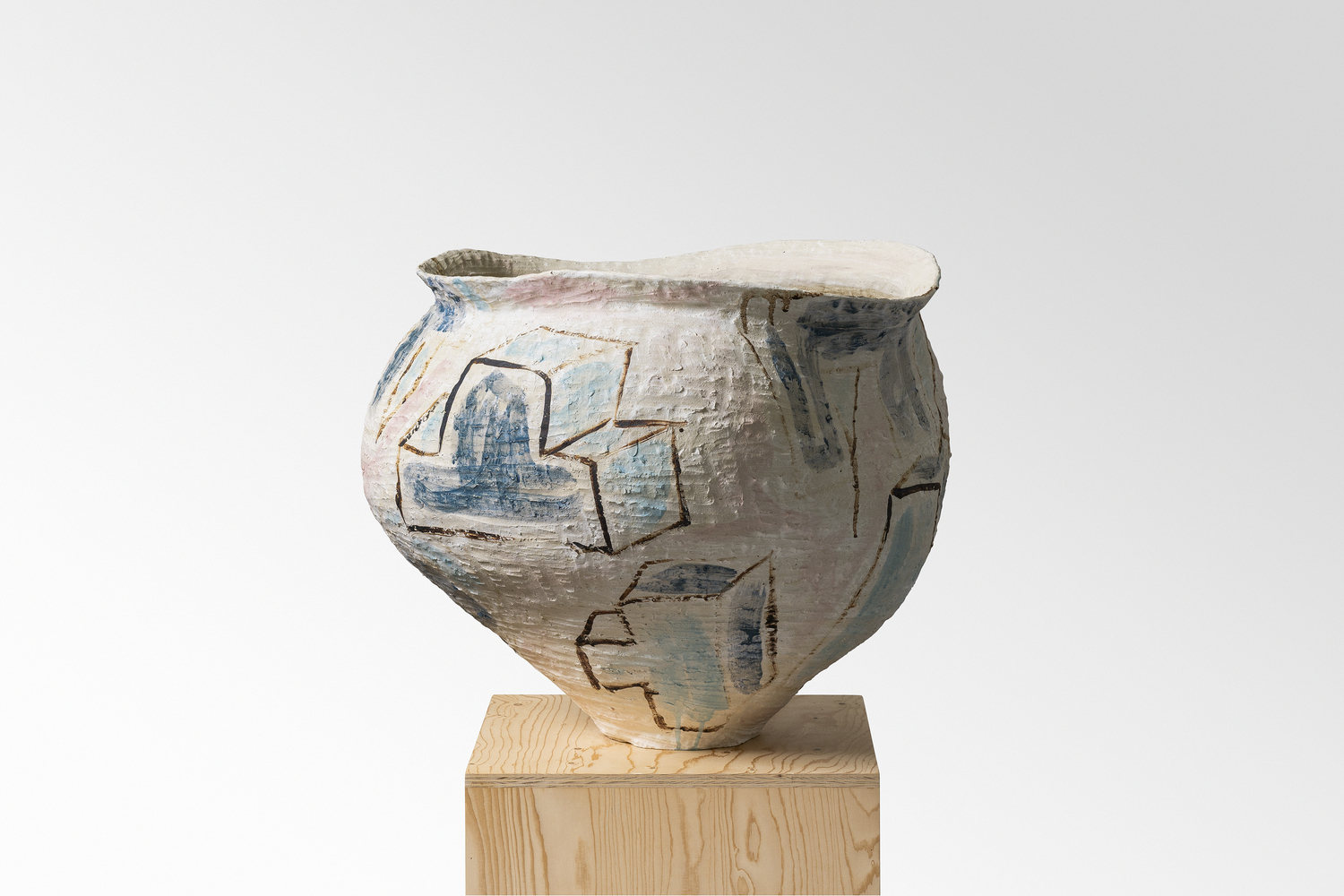
Tsubo, 2025
Ceramic
63 x 76 x 74 cm
24.8 x 29.92 x 29.13 in
Enquiries about work INV Nbr. 9367
Ceramic
63 x 76 x 74 cm
24.8 x 29.92 x 29.13 in
Enquiries about work INV Nbr. 9367
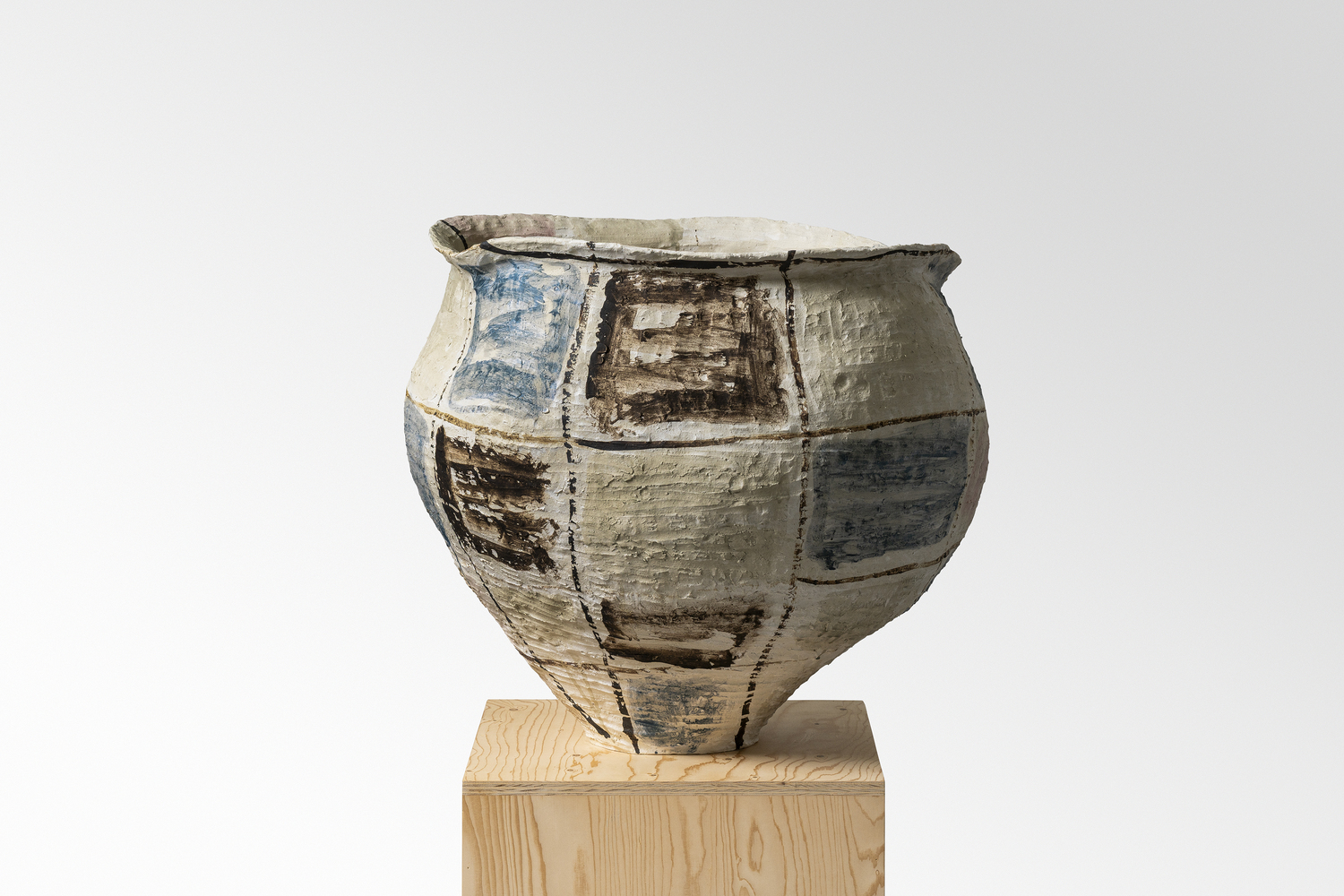
Tsubo, 2025
Ceramic
65 x 73 x 75 cm
25.59 x 28.74 x 29.53 in
Enquiries about work INV Nbr. 9363
Ceramic
65 x 73 x 75 cm
25.59 x 28.74 x 29.53 in
Enquiries about work INV Nbr. 9363
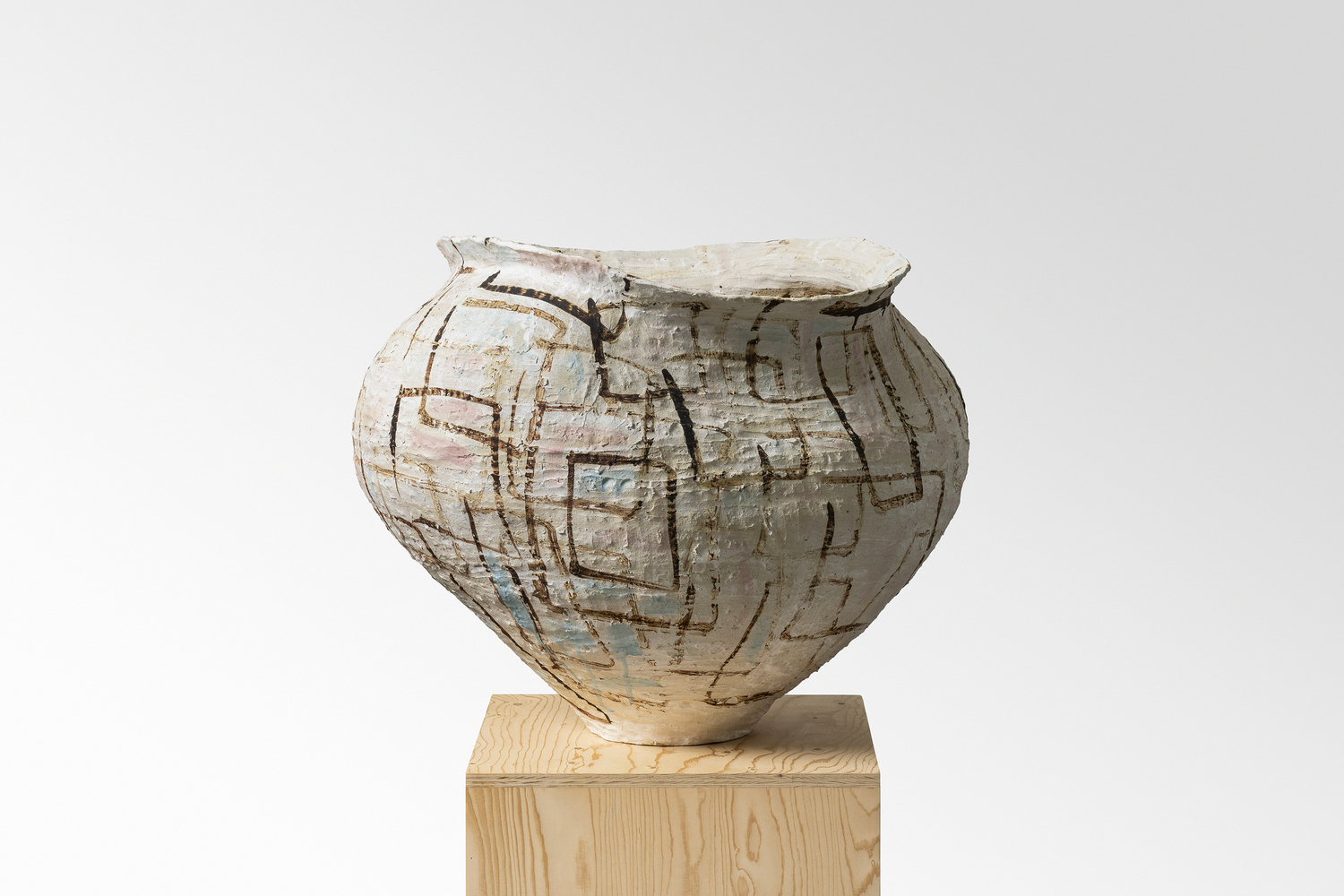
Tsubo, 2025
Ceramic
63 x 77 x 75 cm
24.8 x 30.31 x 29.53 in
Enquiries about work INV Nbr. 9358
Ceramic
63 x 77 x 75 cm
24.8 x 30.31 x 29.53 in
Enquiries about work INV Nbr. 9358
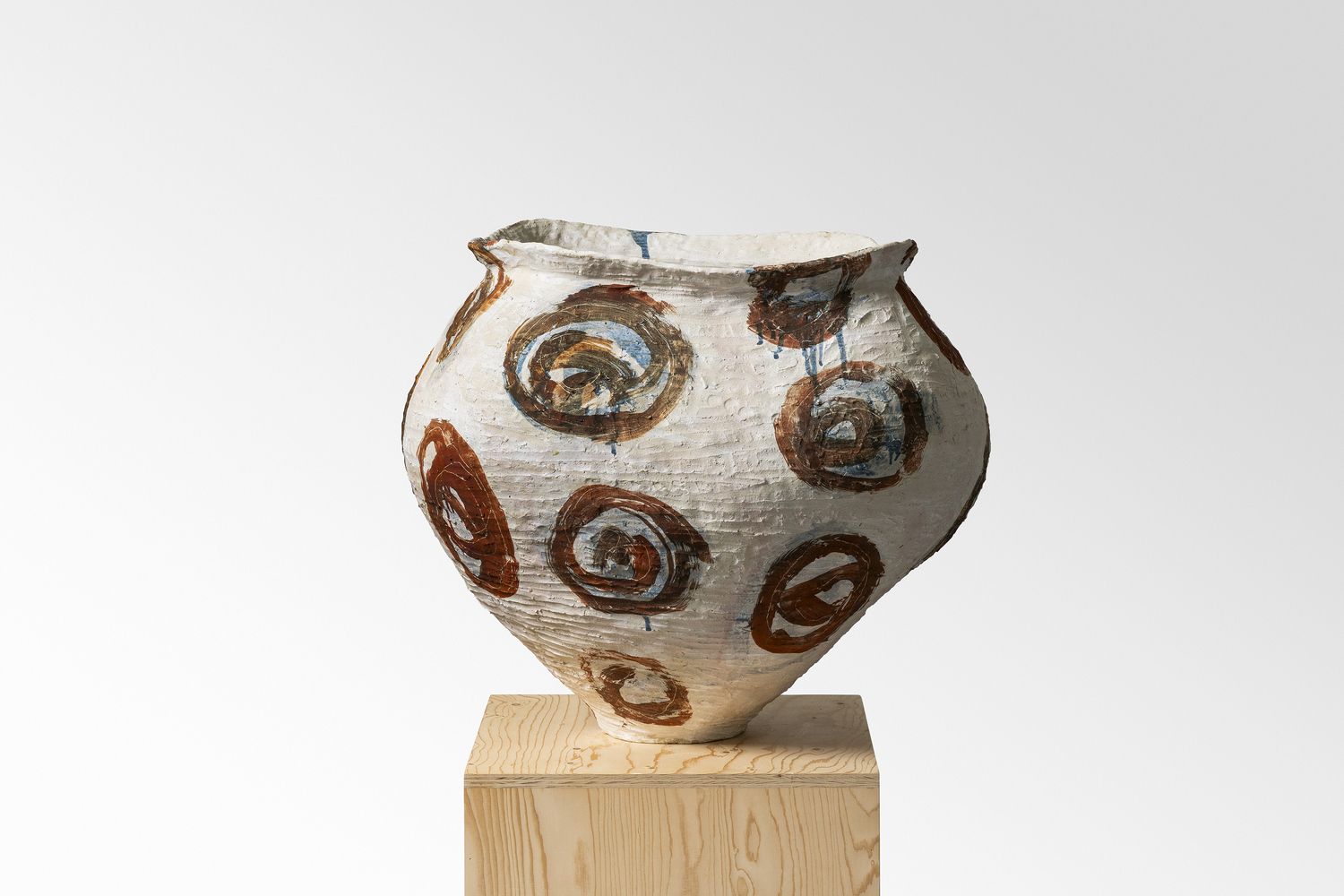
Tsubo, 2025
Ceramic
64 x 78 x 74 cm
25.2 x 30.71 x 29.13 in
Enquiries about work INV Nbr. 9359
Ceramic
64 x 78 x 74 cm
25.2 x 30.71 x 29.13 in
Enquiries about work INV Nbr. 9359
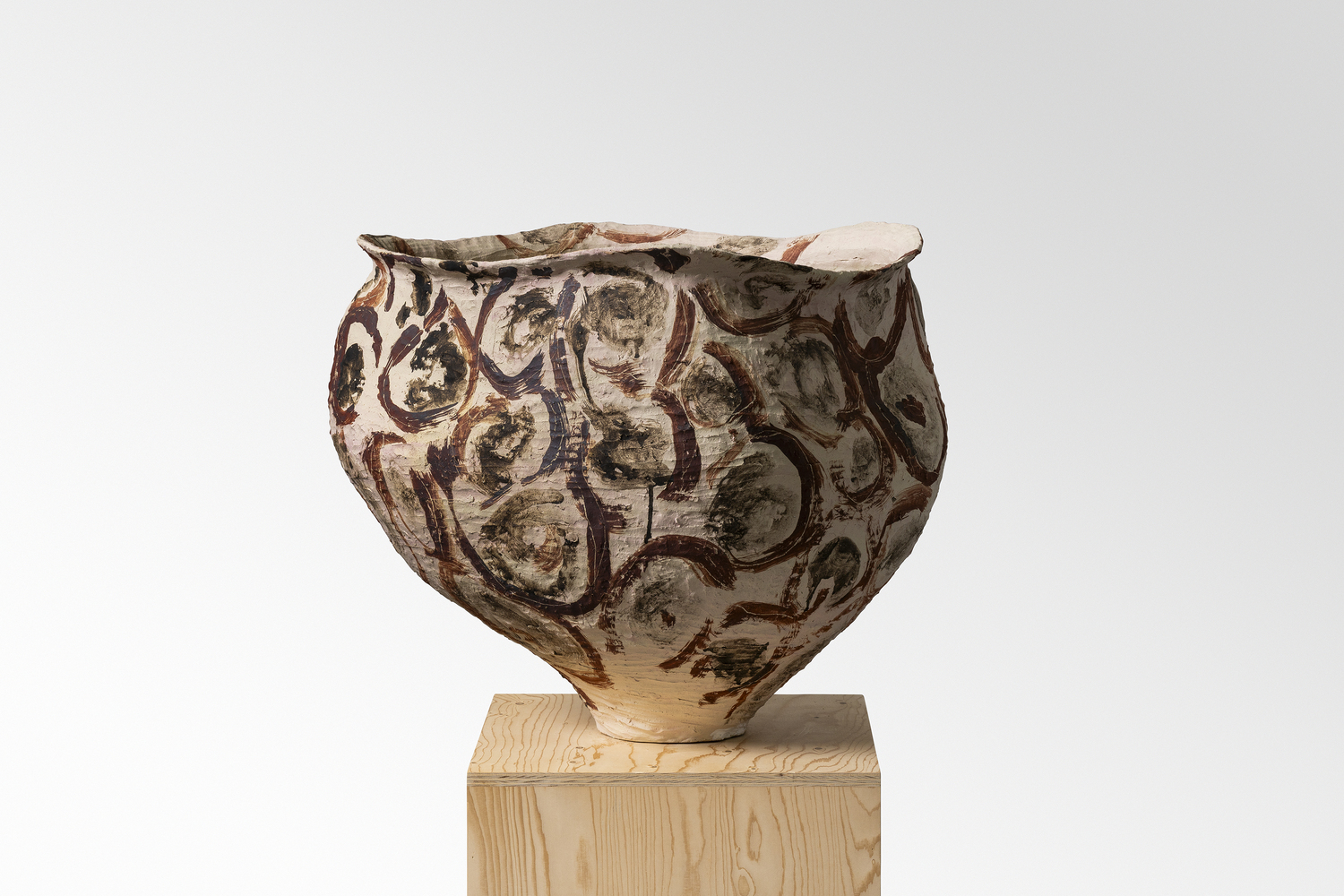
Tsubo, 2025
Ceramic
65 x 80 x 73 cm
25.59 x 31.5 x 28.74 in
Enquiries about work INV Nbr. 9370
Ceramic
65 x 80 x 73 cm
25.59 x 31.5 x 28.74 in
Enquiries about work INV Nbr. 9370
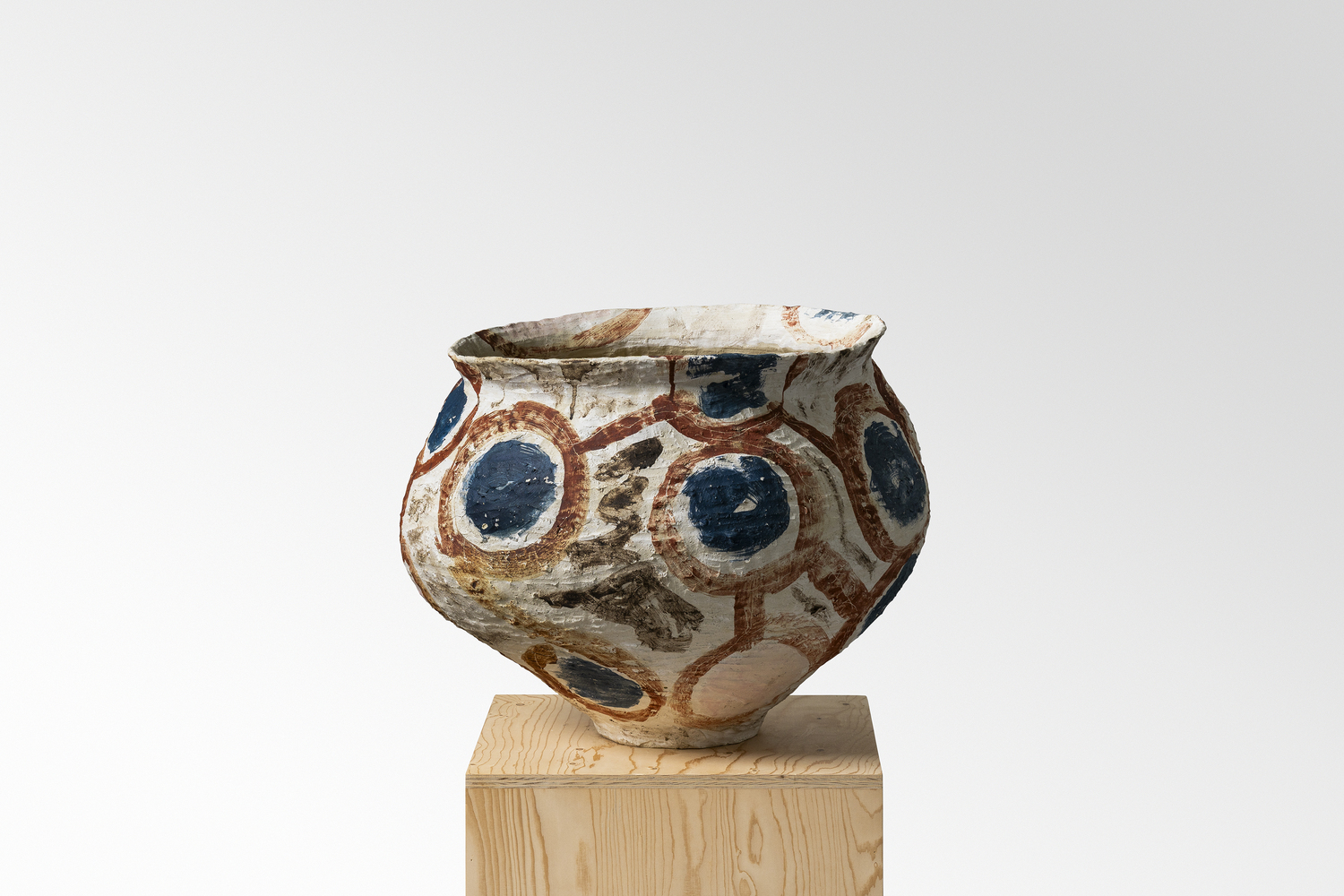
Tsubo, 2025
Ceramic
52 x 66 x 68 cm
20.47 x 25.98 x 26.77 in
Enquiries about work INV Nbr. 9362
Ceramic
52 x 66 x 68 cm
20.47 x 25.98 x 26.77 in
Enquiries about work INV Nbr. 9362
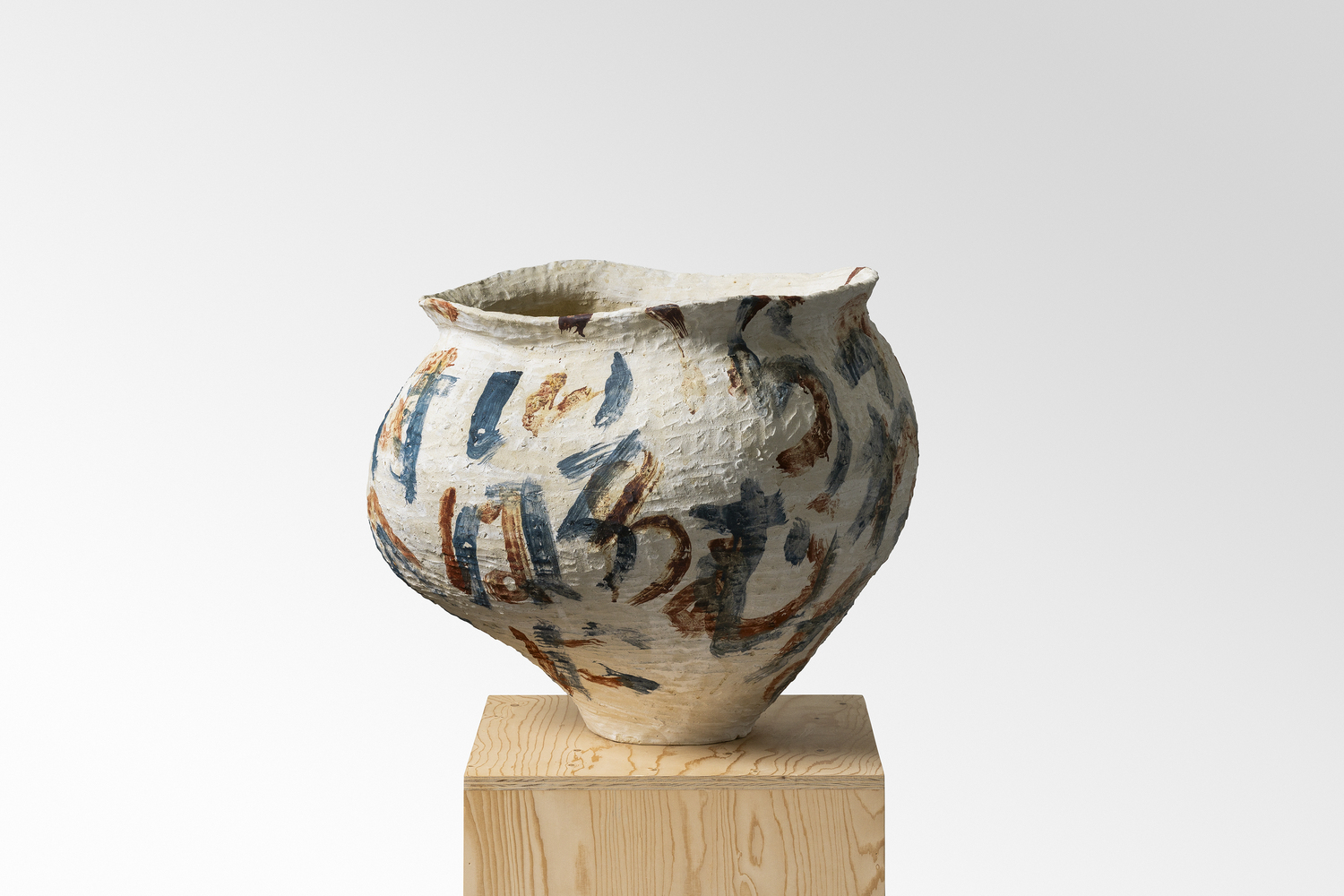
Tsubo, 2025
Ceramic
57 x 72 x 72 cm
22.44 x 28.35 x 28.35 in
Enquiries about work INV Nbr. 9368
Ceramic
57 x 72 x 72 cm
22.44 x 28.35 x 28.35 in
Enquiries about work INV Nbr. 9368
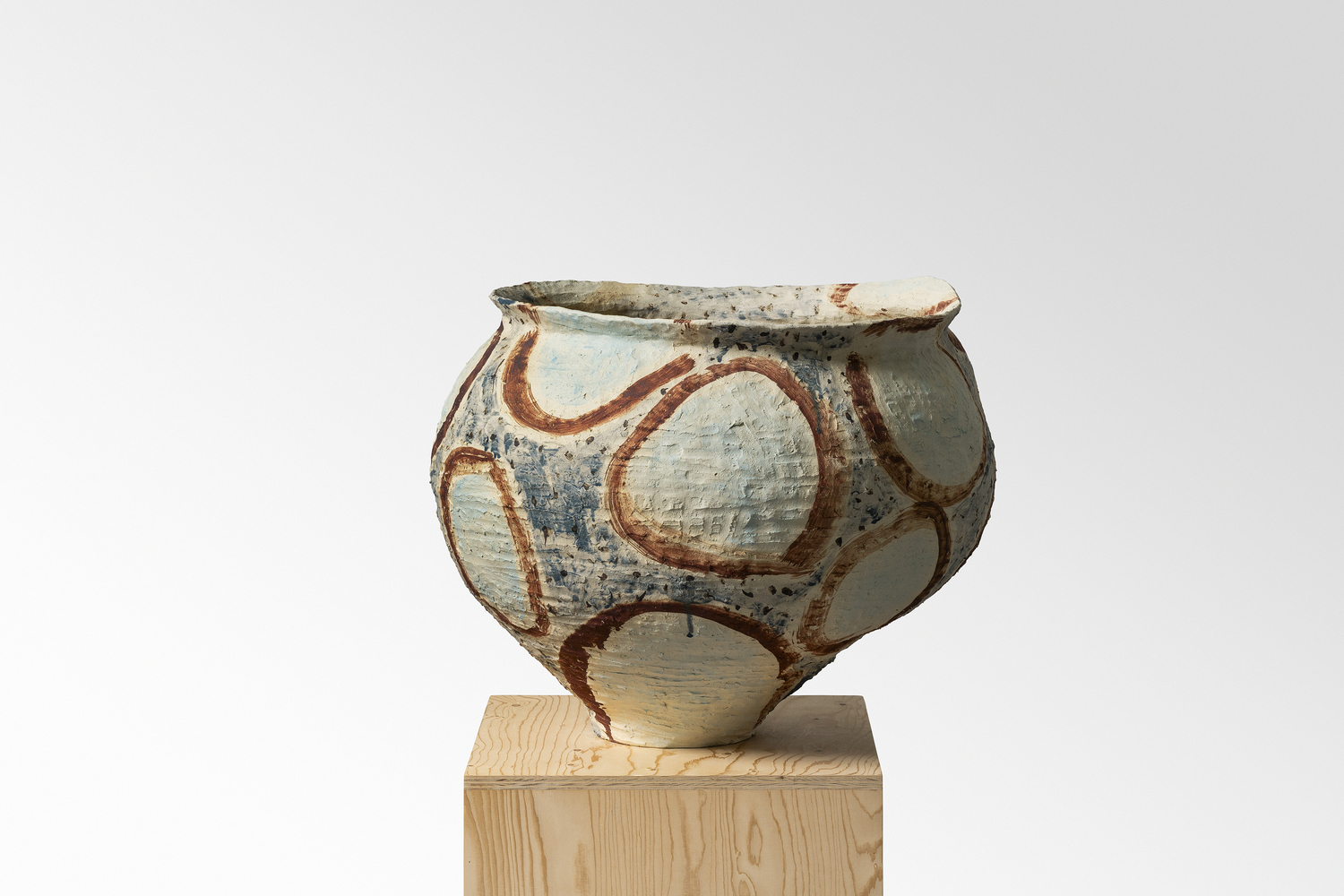
Tsubo, 2025
Ceramic
57 x 74 x 68 cm
22.44 x 29.13 x 26.77 in
Enquiries about work INV Nbr. 9373
Ceramic
57 x 74 x 68 cm
22.44 x 29.13 x 26.77 in
Enquiries about work INV Nbr. 9373
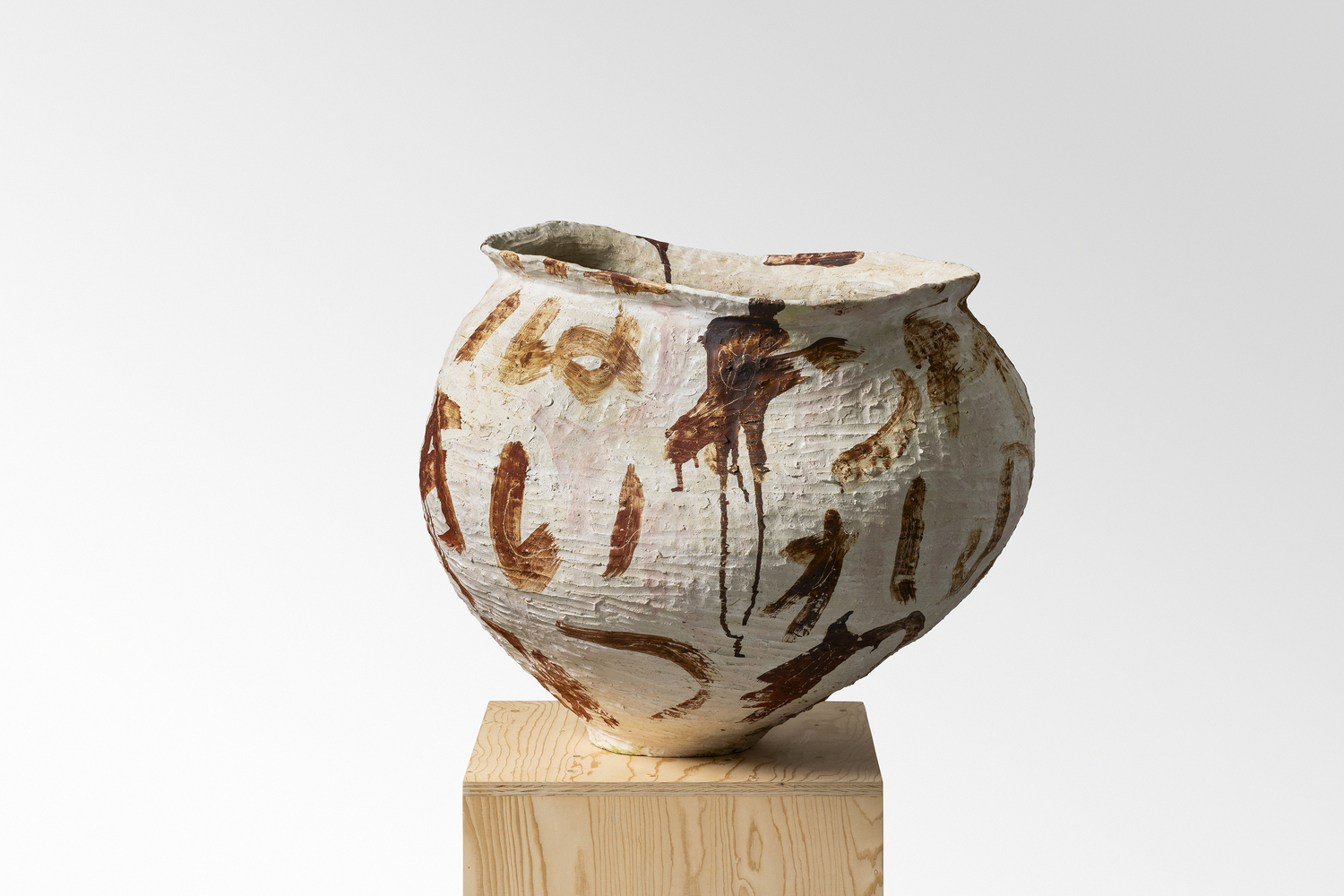
Tsubo, 2025
Ceramic
64 x 77 x 71 cm
25.2 x 30.31 x 27.95 in
Enquiries about work INV Nbr. 9364
Ceramic
64 x 77 x 71 cm
25.2 x 30.31 x 27.95 in
Enquiries about work INV Nbr. 9364

Tsubo, 2025
Ceramic
61 x 79 x 72 cm
24.02 x 31.1 x 28.35 in
Enquiries about work INV Nbr. 9366
Ceramic
61 x 79 x 72 cm
24.02 x 31.1 x 28.35 in
Enquiries about work INV Nbr. 9366
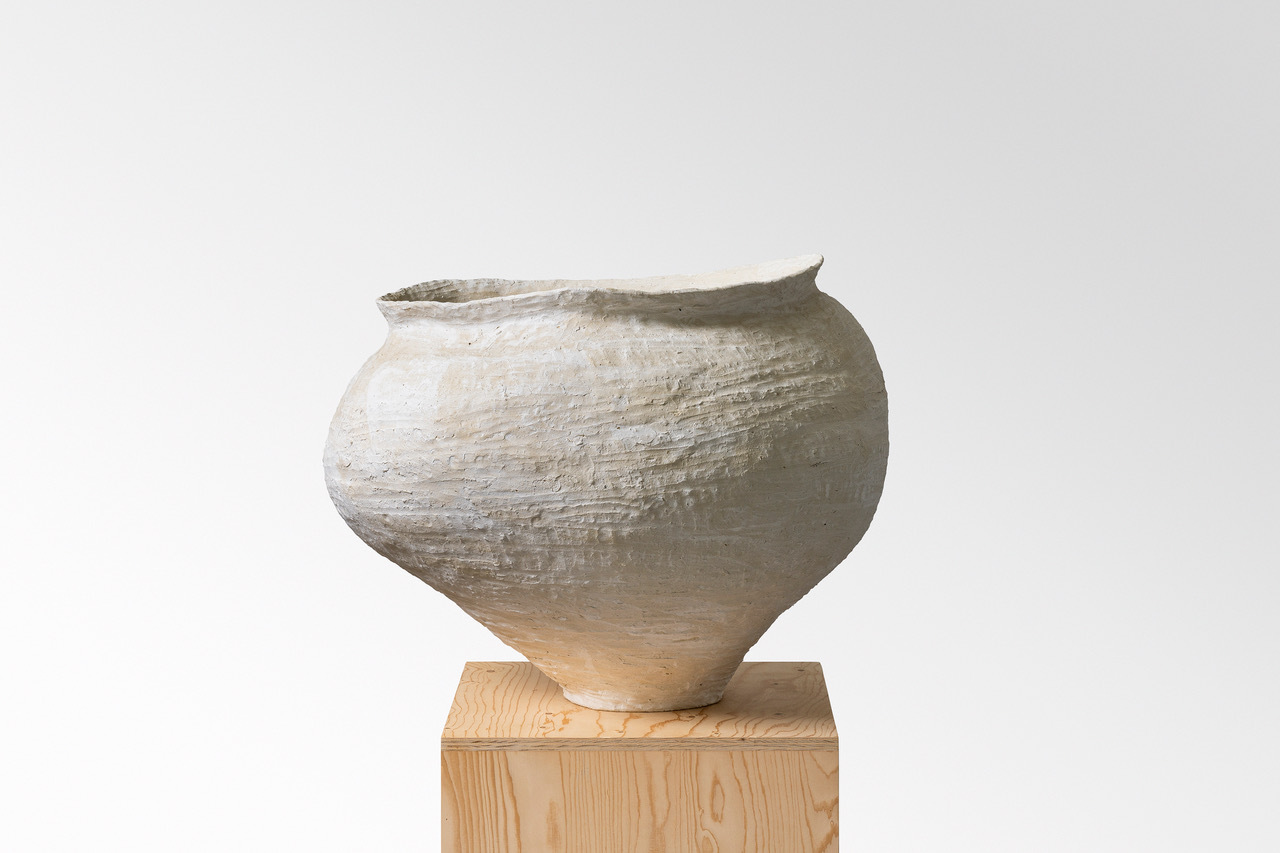
Tsubo, 2025
Ceramic
59 x 77 x 73 cm
23.23 x 30.31 x 28.74 in
Enquiries about work INV Nbr. 9374
Ceramic
59 x 77 x 73 cm
23.23 x 30.31 x 28.74 in
Enquiries about work INV Nbr. 9374
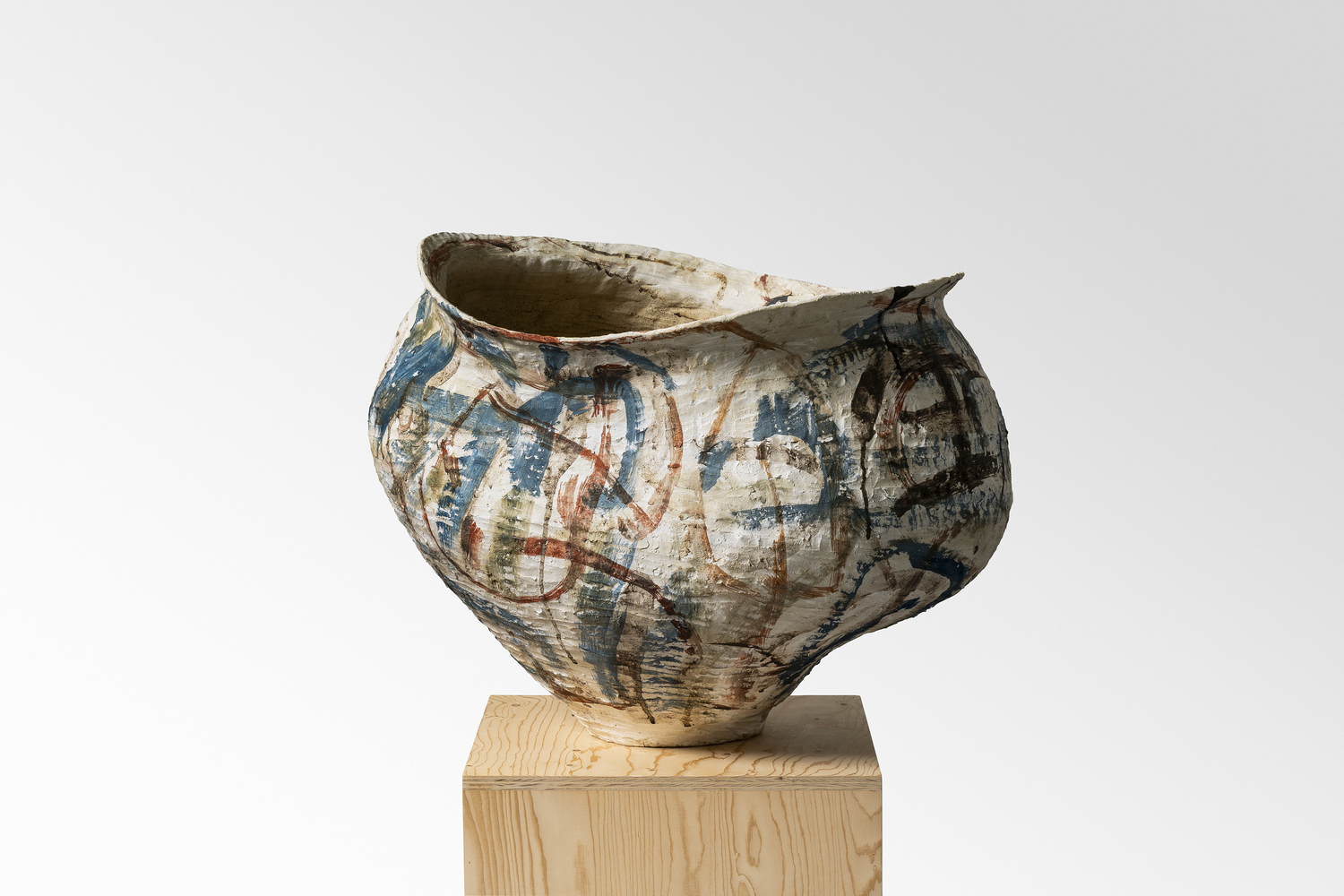
Tsubo, 2025
Ceramic
61 x 81 x 68 cm
24.02 x 31.89 x 26.77 in
Enquiries about work INV Nbr. 9365
Ceramic
61 x 81 x 68 cm
24.02 x 31.89 x 26.77 in
Enquiries about work INV Nbr. 9365

Tsubo, 2024
ceramic
68 x 76 x 71 cm
26.77 x 29.92 x 27.95 in
Enquiries about work INV Nbr. 9064
ceramic
68 x 76 x 71 cm
26.77 x 29.92 x 27.95 in
Enquiries about work INV Nbr. 9064

Tsubo, 2024
ceramic
68 x 73 x 70 cm
26.77 x 28.74 x 27.56 in
Enquiries about work INV Nbr. 9061
ceramic
68 x 73 x 70 cm
26.77 x 28.74 x 27.56 in
Enquiries about work INV Nbr. 9061

Tsubo, 2024
Ceramic
68 x 68 x 64 cm
26.77 x 26.77 in
Enquiries about work INV Nbr. 9065
Ceramic
68 x 68 x 64 cm
26.77 x 26.77 in
Enquiries about work INV Nbr. 9065
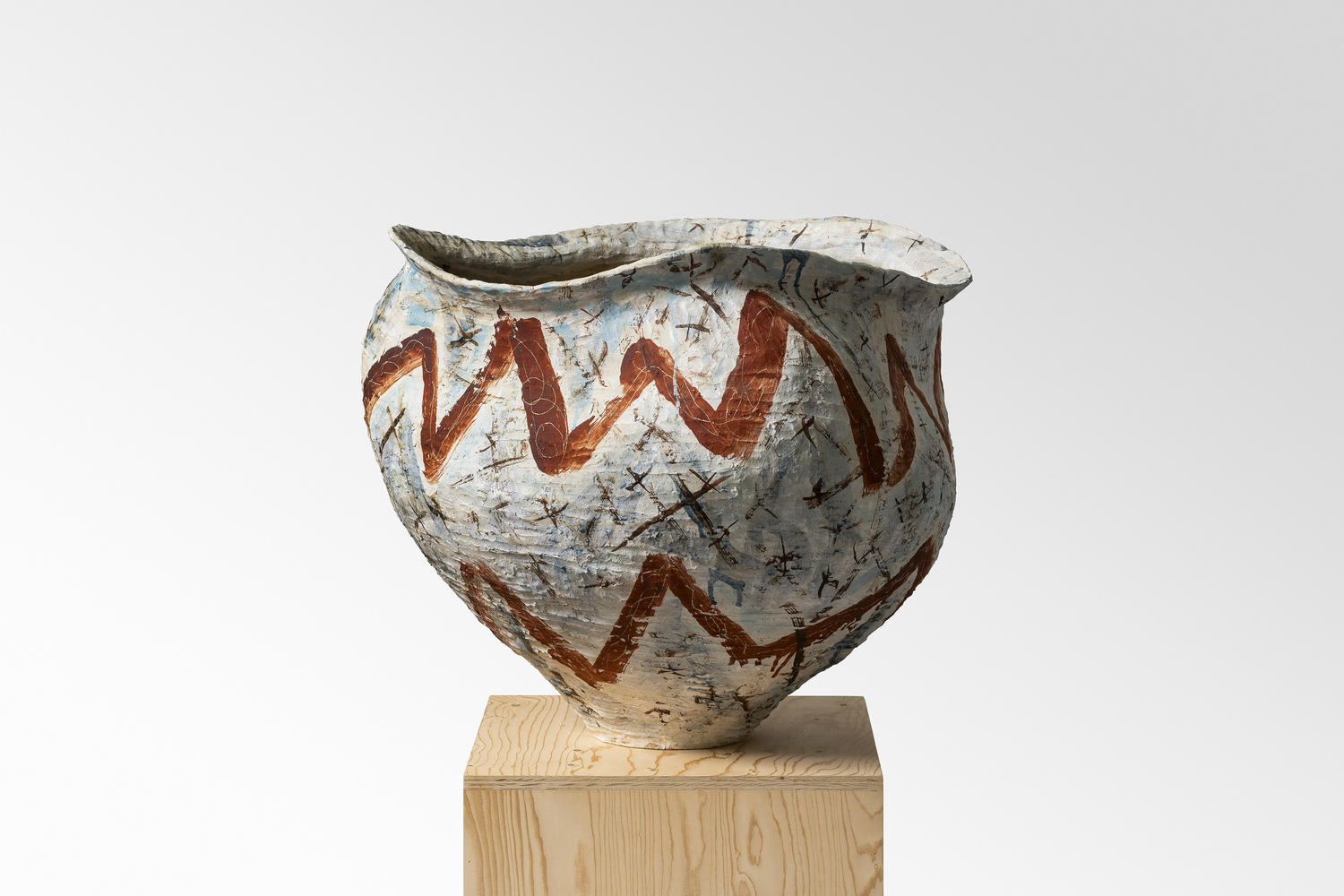
Tsubo, 2025
Ceramic
65 x 78 x 77 cm
25.59 x 30.71 x 30.31 in
Enquiries about work INV Nbr. 9360
Ceramic
65 x 78 x 77 cm
25.59 x 30.71 x 30.31 in
Enquiries about work INV Nbr. 9360

Tsubo, 2024
ceramic
61 x 71 x 68 cm
24.02 x 27.95 x 26.77 in
Enquiries about work INV Nbr. 9062
ceramic
61 x 71 x 68 cm
24.02 x 27.95 x 26.77 in
Enquiries about work INV Nbr. 9062
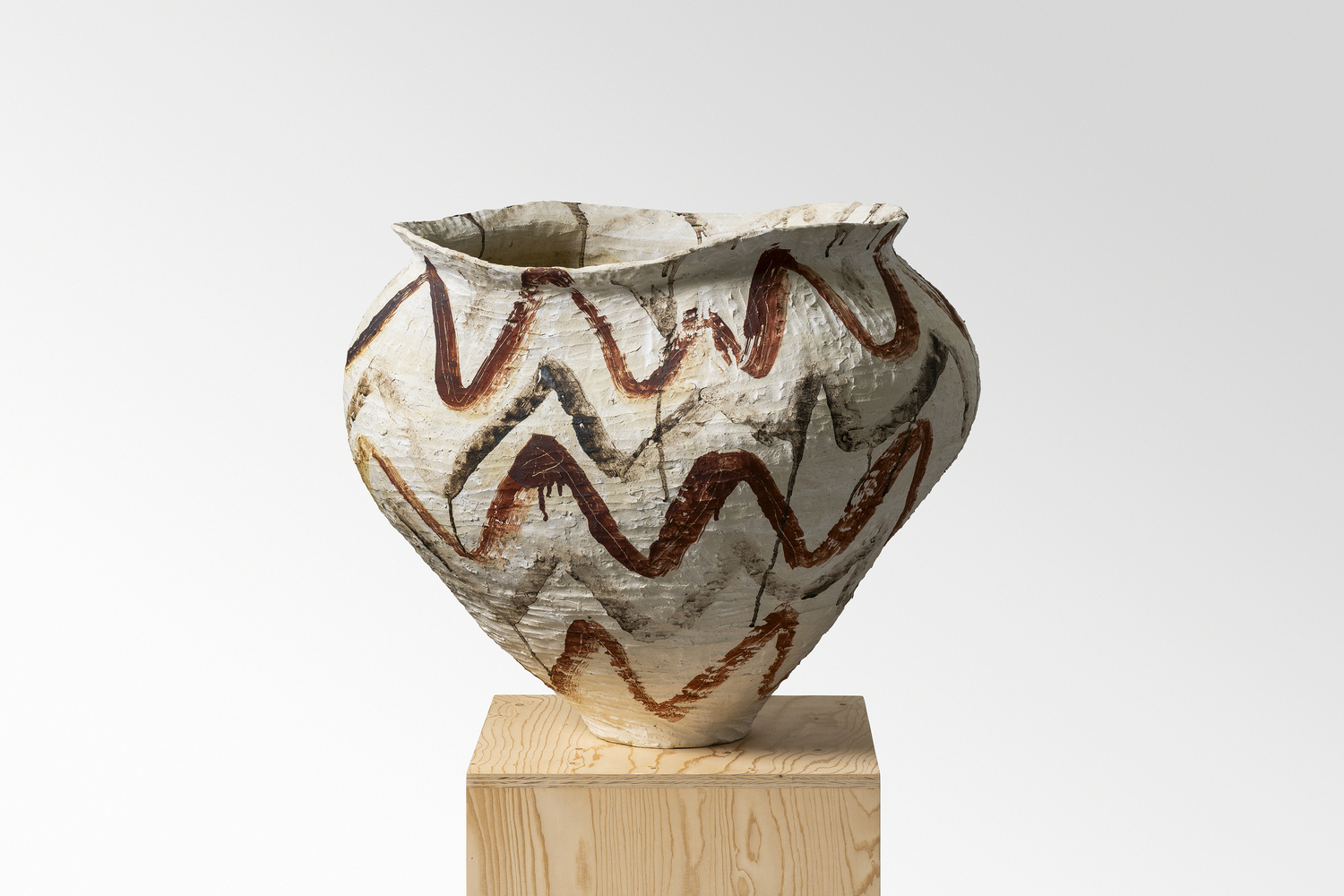
Tsubo, 2025
Ceramic
67 x 80 x 76 cm
26.38 x 31.5 x 29.92 in
Enquiries about work INV Nbr. 9361
Ceramic
67 x 80 x 76 cm
26.38 x 31.5 x 29.92 in
Enquiries about work INV Nbr. 9361

Tsubo, 2024
Ceramic
76 x 76 x 76 cm
29.92 x 29.92 x 29.92 in
Enquiries about work INV Nbr. 9067
Ceramic
76 x 76 x 76 cm
29.92 x 29.92 x 29.92 in
Enquiries about work INV Nbr. 9067

Tsubo, 2023
Ceramic
46 x 57 x 59.5 cm
18.11 x 22.44 x 23.43 in
Enquiries about work INV Nbr. 9016
Ceramic
46 x 57 x 59.5 cm
18.11 x 22.44 x 23.43 in
Enquiries about work INV Nbr. 9016

Tsubo, 2024
ceramic
68 x 75 x 75 cm
26.77 x 29.53 x 29.53 in
Enquiries about work INV Nbr. 9063
ceramic
68 x 75 x 75 cm
26.77 x 29.53 x 29.53 in
Enquiries about work INV Nbr. 9063

Tsubo, 2023
ceramic
51 x 63 x 64 cm
20.08 x 24.8 x 25.2 in
Enquiries about work INV Nbr. 9019
ceramic
51 x 63 x 64 cm
20.08 x 24.8 x 25.2 in
Enquiries about work INV Nbr. 9019
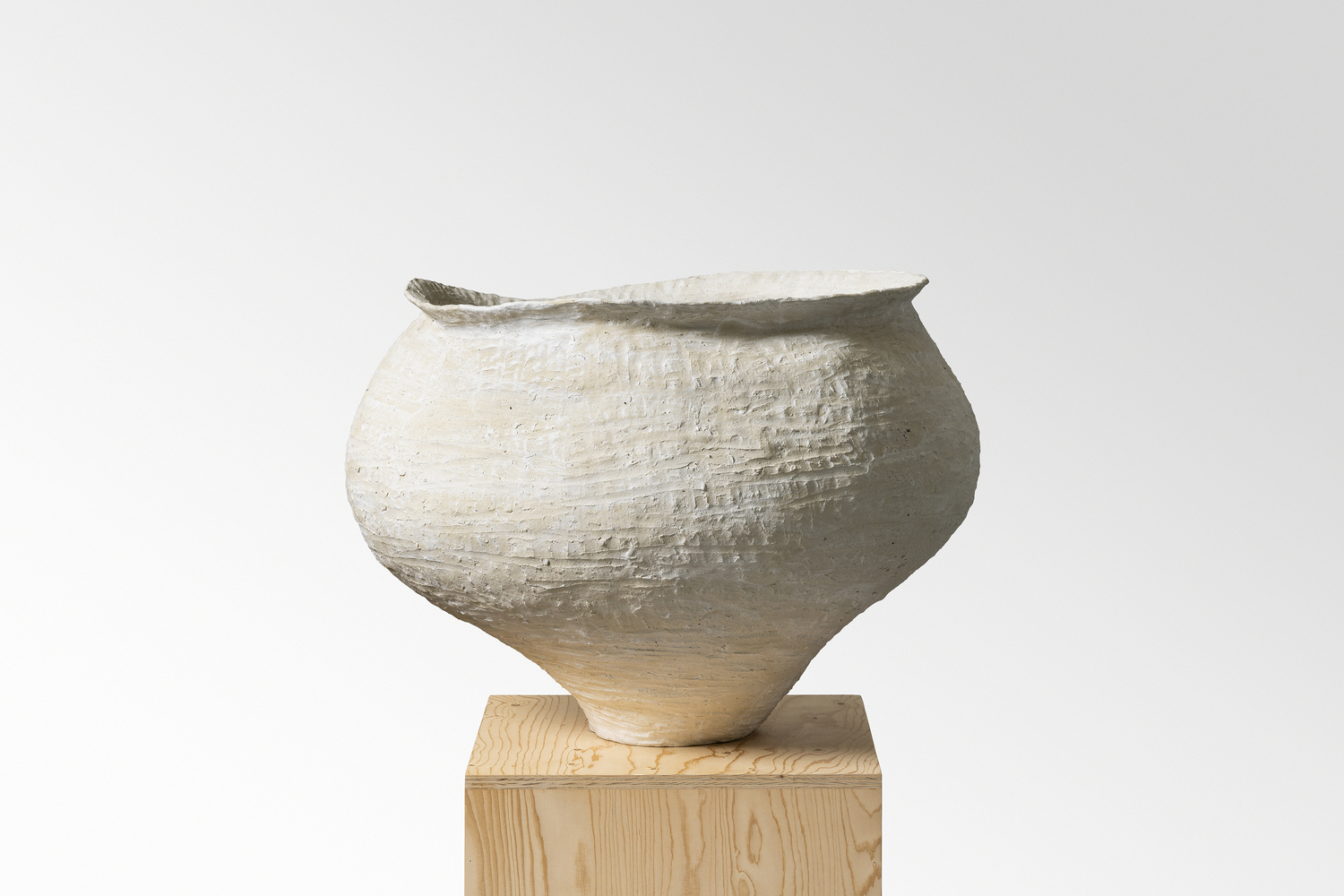
Tsubo, 2025
Ceramic
55 x 76 x 69 cm
21.65 x 29.92 x 27.17 in
Enquiries about work INV Nbr. 9372
Ceramic
55 x 76 x 69 cm
21.65 x 29.92 x 27.17 in
Enquiries about work INV Nbr. 9372

Tsubo, 2023
Ceramic
53 x 57 x 62 cm
20.87 x 22.44 x 24.41 in
Enquiries about work INV Nbr. 9021
Ceramic
53 x 57 x 62 cm
20.87 x 22.44 x 24.41 in
Enquiries about work INV Nbr. 9021

Tsubo, 2023
ceramic
69 x 70 x 68 cm
27.17 x 27.56 x 26.77 in
Enquiries about work INV Nbr. 9014
ceramic
69 x 70 x 68 cm
27.17 x 27.56 x 26.77 in
Enquiries about work INV Nbr. 9014
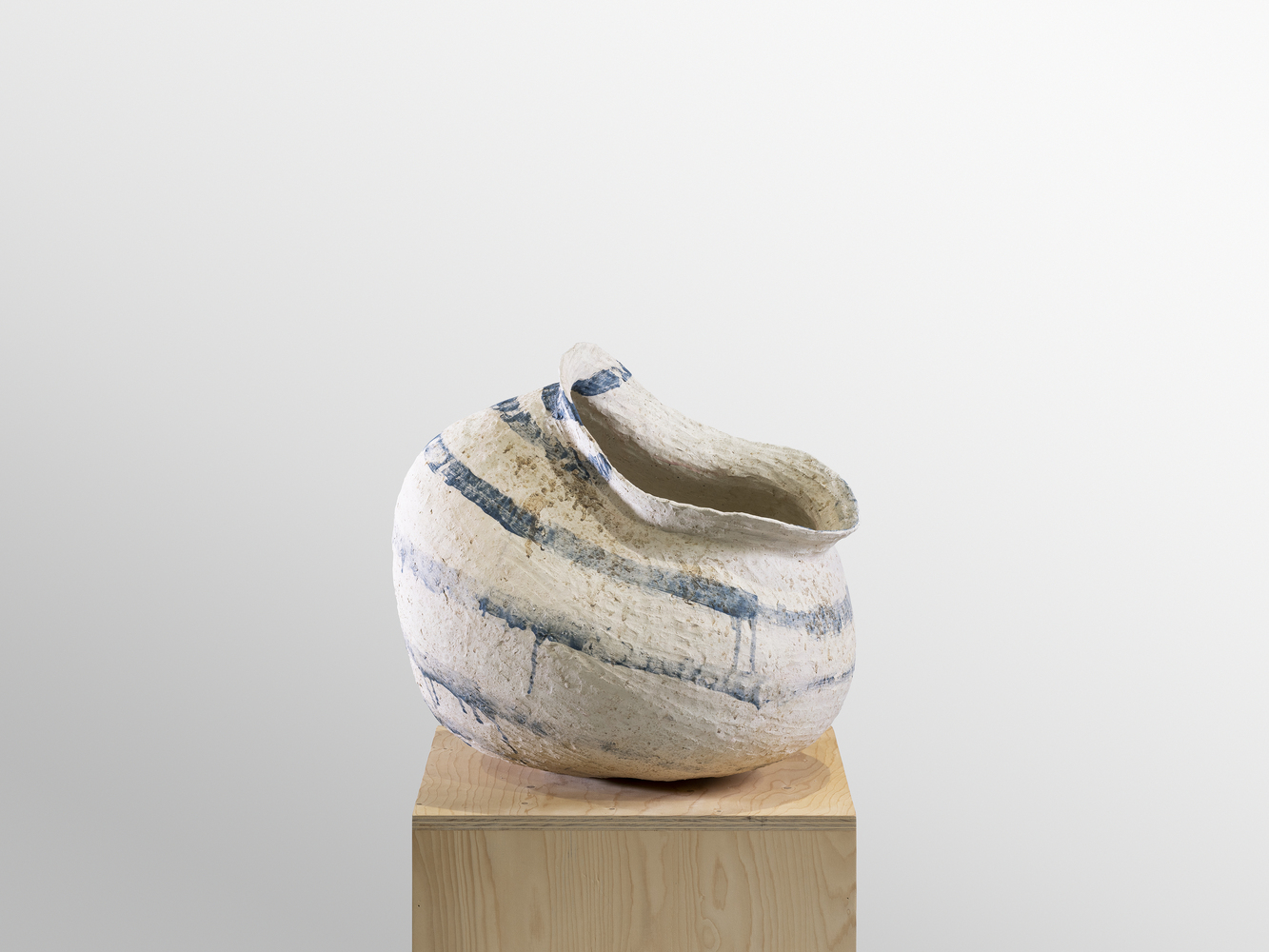
Tsubo, 2022
ceramic
52 x 45 x 54 cm
20.47 x 17.72 x 21.26 in
Enquiries about work INV Nbr. 8178
ceramic
52 x 45 x 54 cm
20.47 x 17.72 x 21.26 in
Enquiries about work INV Nbr. 8178

Tsubo, 2024
Ceramic
52 x 67 x 67 cm
20.47 x 26.38 x 26.38 in
Enquiries about work INV Nbr. 9066
Ceramic
52 x 67 x 67 cm
20.47 x 26.38 x 26.38 in
Enquiries about work INV Nbr. 9066

Tsubo, 2022
ceramic
47 x 61 x 47 cm
18.5 x 24.02 x 18.5 in
Enquiries about work INV Nbr. 8176
ceramic
47 x 61 x 47 cm
18.5 x 24.02 x 18.5 in
Enquiries about work INV Nbr. 8176
Japanese, born in 1969
Lives and works in Chiba, Japan
The artworks of Kazunori Hamana have the once-inhabited presence of shells from which all things organic have been scraped out, or of objects whose surfaces have been washed smooth by the sea. Sometimes bearing engravings and scratches, the works echo the sea environment from which the artist draws his inspiration.
A self-taught ceramicist, Hamana settled in Isumi, Chiba prefecture where he shares his time between working as a fisherman and a craftsperson. Over a time consuming process, Hamana's irregular pots are built from coils and get their unique skin from scratches and scored glazes. Hamana's works reconnect with the simplicity and humbleness of a vernacular tradition of ceramic.